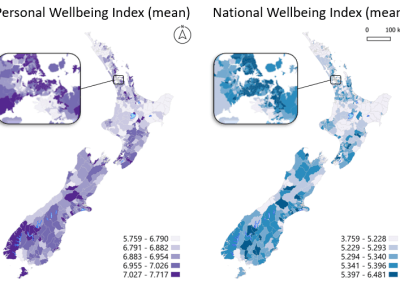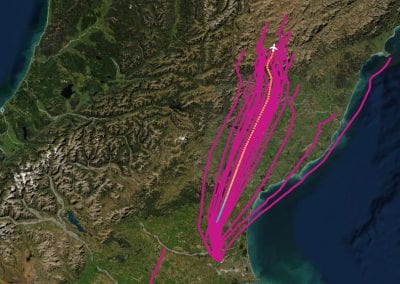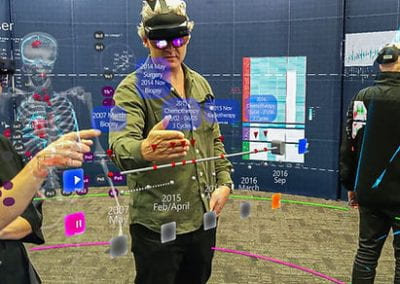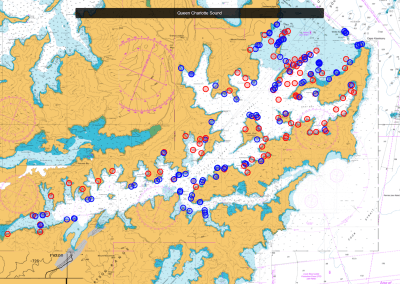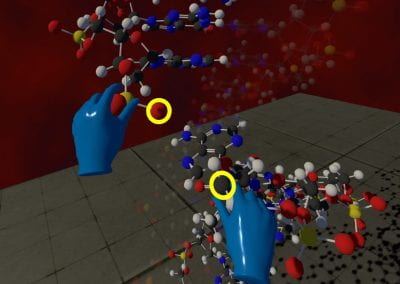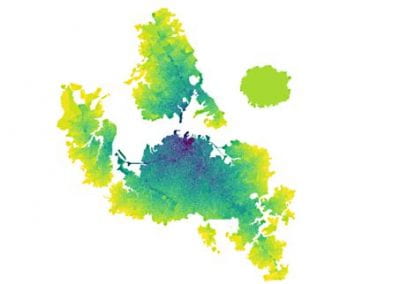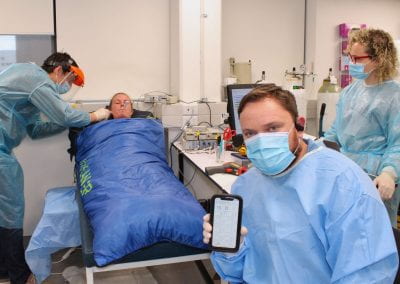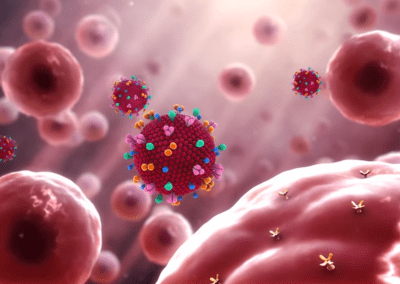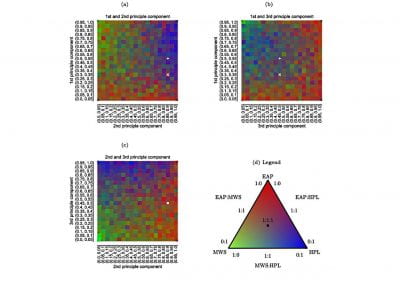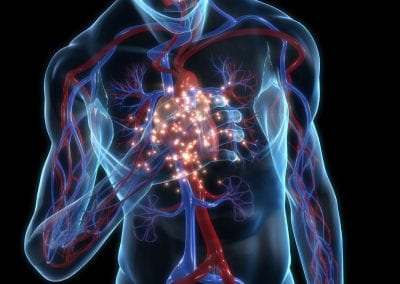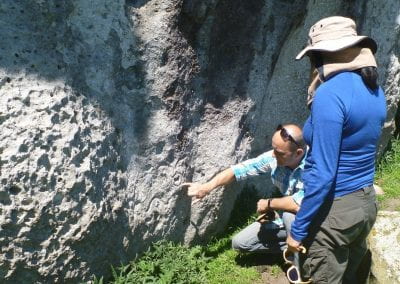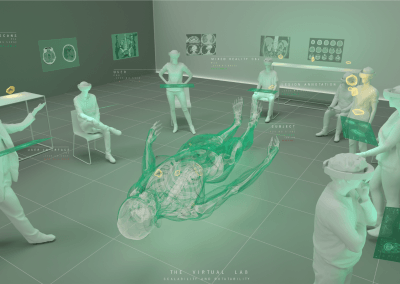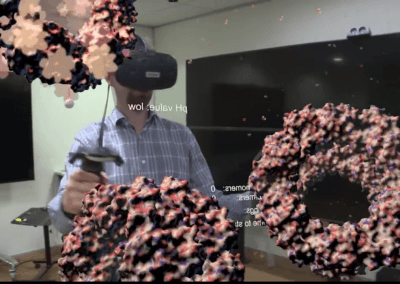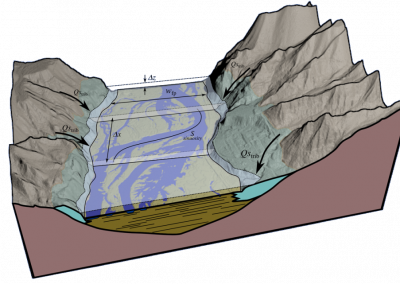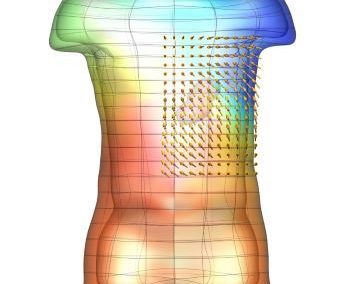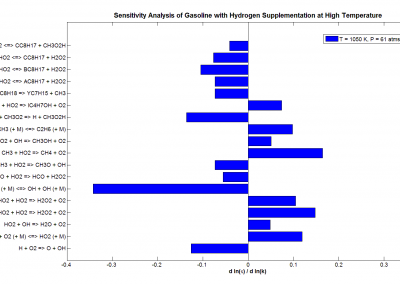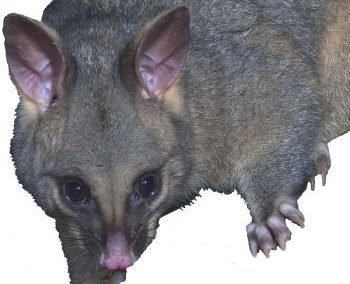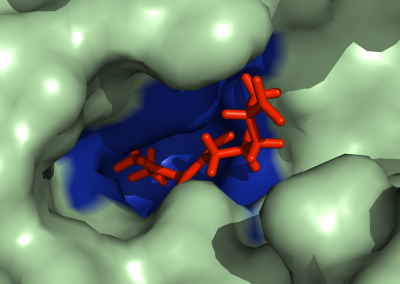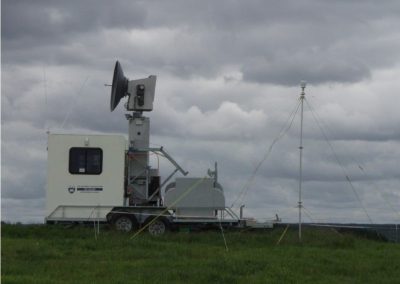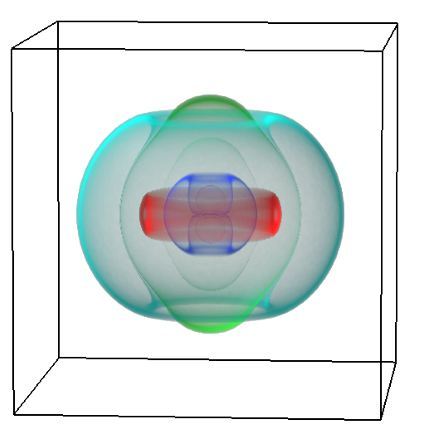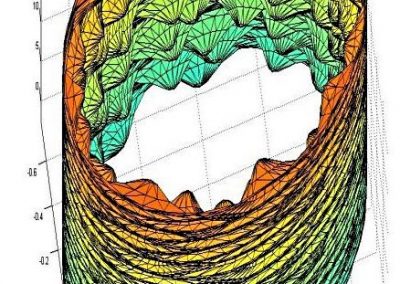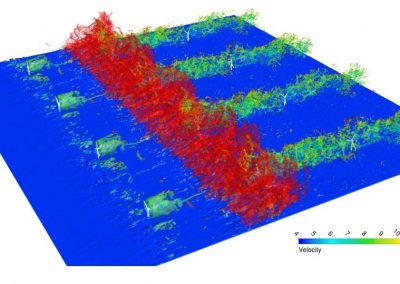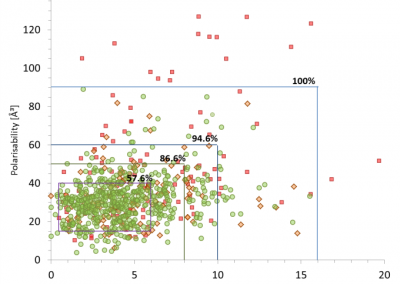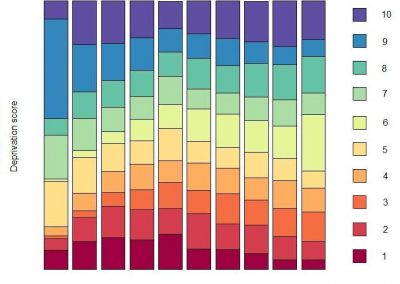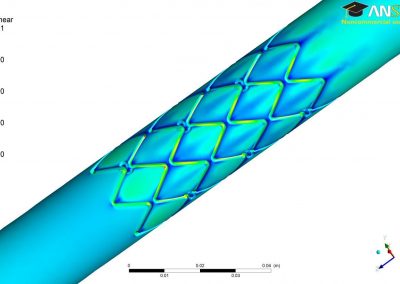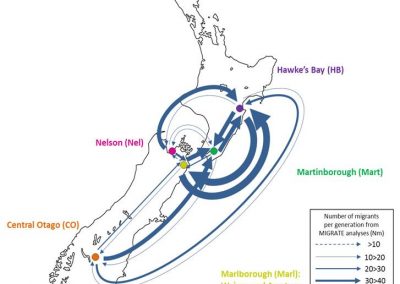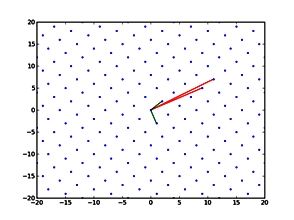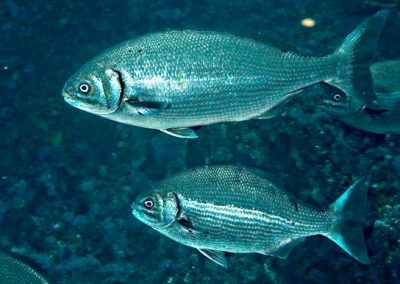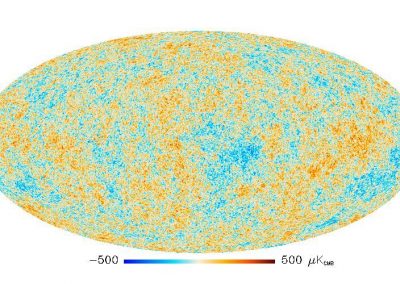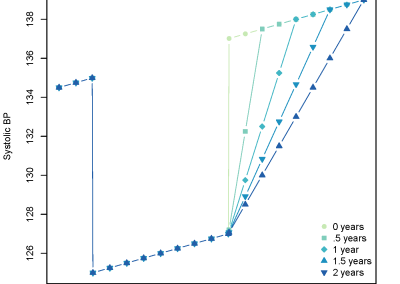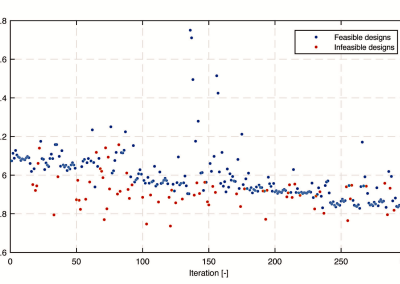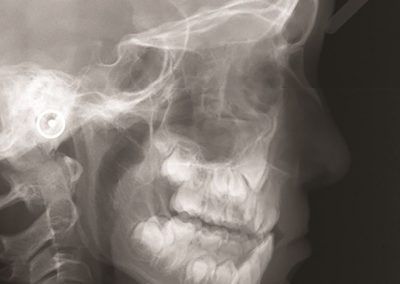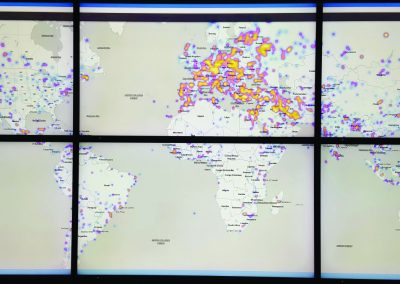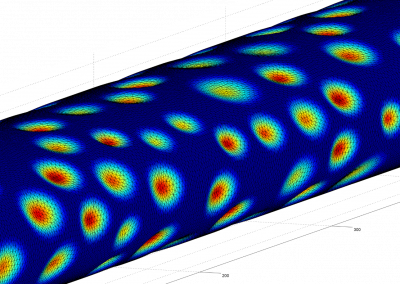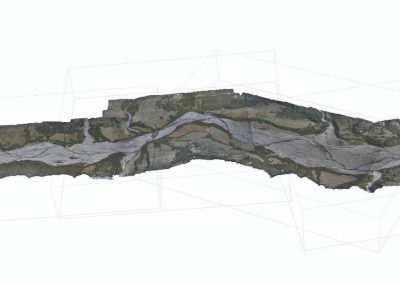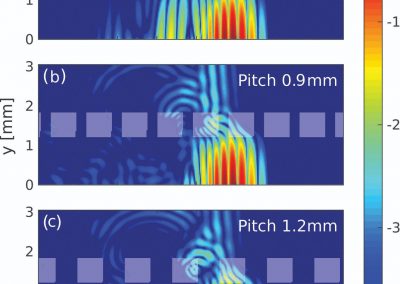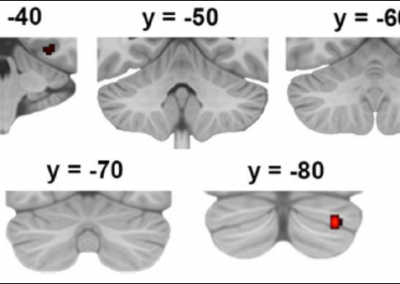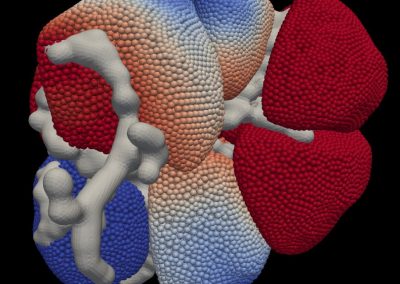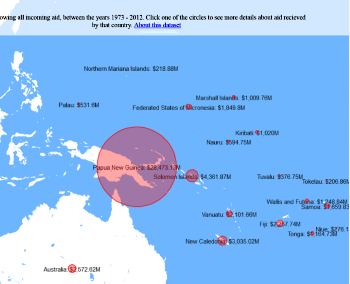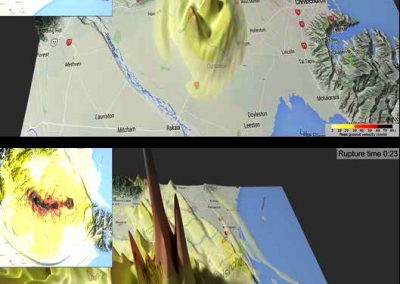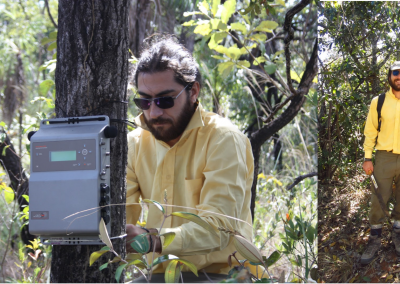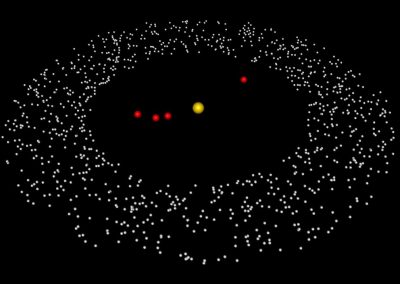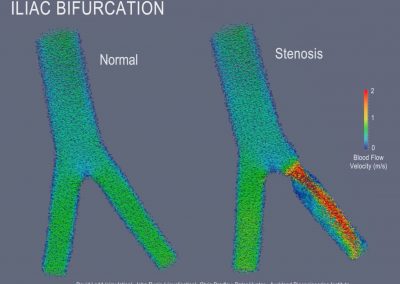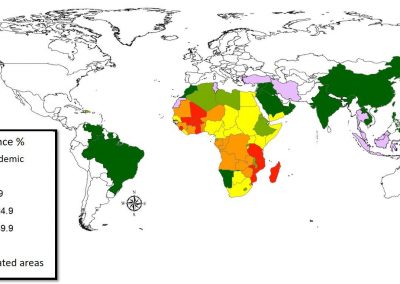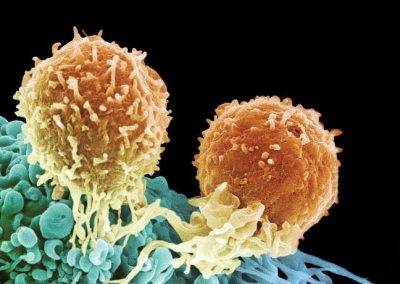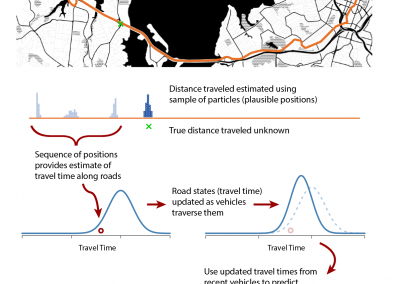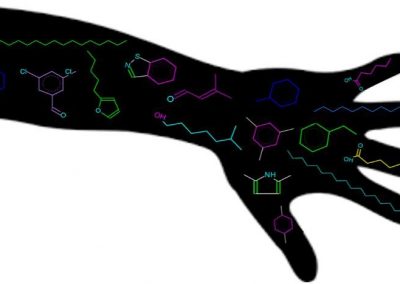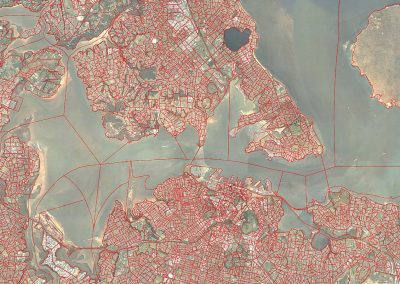
Detecting anomalous matches in professional sports: a novel approach using advanced anomaly detection techniques
Dr Dulani Jayasuriya, Business and Economy, Business School

Abstract
This research focuses on improving the detection of match fixing and anomalous events in professional sports by developing a novel method that incorporates advanced anomaly detection techniques.
Our approach examines series of matches, like playoffs, to identify anomalous matches and player performances. The study also explores the potential impact on bettors’ profits and investigates factors behind unusual player performances.
Introduction
The integrity of professional sports is increasingly threatened by match fixing, necessitating the development of robust detection methods. Traditional research in this field has primarily utilized sports betting market data, often overlooking other potential motives behind match fixing, such as influencing ticket sales or deliberately losing matches. Our study aims to address these gaps by employing outlier detection theories and identifying anomalous matches and player performances that deviate significantly from the norm.
Research goals
Our primary objectives are to leverage outlier detection theories for better identifying potential fraudulent activities in sports data and to ascertain if it is possible to identify stakeholders or players associated with such anomalous matches. The study’s innovative methods contribute to the literature by refining and building upon existing approaches, assisting law enforcement and sports governing bodies in identifying individuals responsible for anomaly matches.
Methodology and results
The study employs several machine learning algorithms, including Ordinary Least Squares (OLS), Stochastic Gradient Descent (SGD), and Decision Tree Regression (DTR), to forecast player performances and, subsequently, match outcomes. The data were segregated into bench players and non-bench players based on their distinct performance correlations. Our approach involves a comparative analysis between our predictions and actual outcomes to identify anomalous matches. Here is the link to the paoer https://papers.ssrn.com/sol3/papers.cfm?abstract_id=4493430
Conclusion
This research introduces a new methodological framework for detecting anomalous matches and player performances in professional sports. By employing advanced anomaly detection techniques and machine learning algorithms, we have identified several anomaly series in the 2022 NBA playoffs and players with exceptionally abnormal performances. Our findings suggest potential factors behind these anomalies, such as team financial difficulties and executive mismanagement, contributing to the broader understanding of match fixing in sports.
See more case study projects

Our Voices: using innovative techniques to collect, analyse and amplify the lived experiences of young people in Aotearoa

Painting the brain: multiplexed tissue labelling of human brain tissue to facilitate discoveries in neuroanatomy

Detecting anomalous matches in professional sports: a novel approach using advanced anomaly detection techniques

Benefits of linking routine medical records to the GUiNZ longitudinal birth cohort: Childhood injury predictors
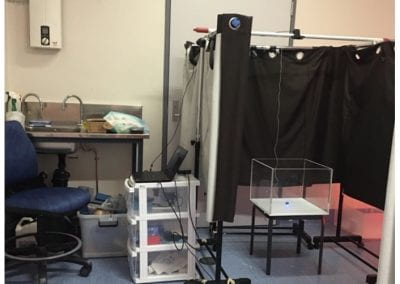
Using a virtual machine-based machine learning algorithm to obtain comprehensive behavioural information in an in vivo Alzheimer’s disease model
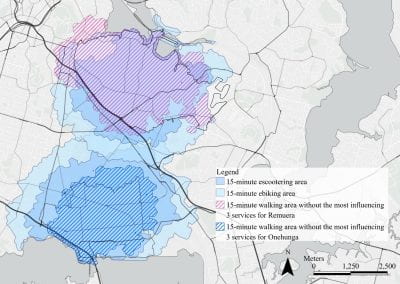
Mapping livability: the “15-minute city” concept for car-dependent districts in Auckland, New Zealand

Travelling Heads – Measuring Reproducibility and Repeatability of Magnetic Resonance Imaging in Dementia
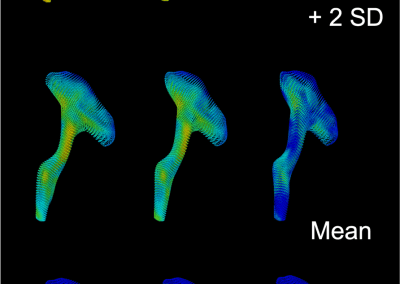
Novel Subject-Specific Method of Visualising Group Differences from Multiple DTI Metrics without Averaging

Re-assess urban spaces under COVID-19 impact: sensing Auckland social ‘hotspots’ with mobile location data

Aotearoa New Zealand’s changing coastline – Resilience to Nature’s Challenges (National Science Challenge)
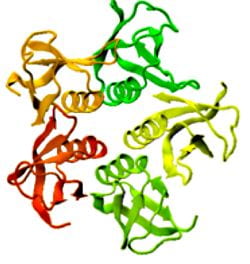
Proteins under a computational microscope: designing in-silico strategies to understand and develop molecular functionalities in Life Sciences and Engineering

Coastal image classification and nalysis based on convolutional neural betworks and pattern recognition
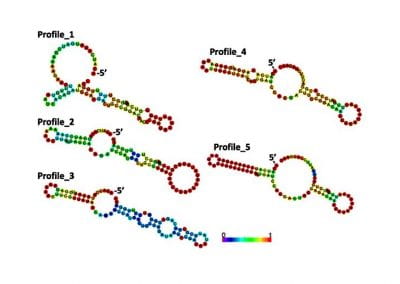
Determinants of translation efficiency in the evolutionarily-divergent protist Trichomonas vaginalis
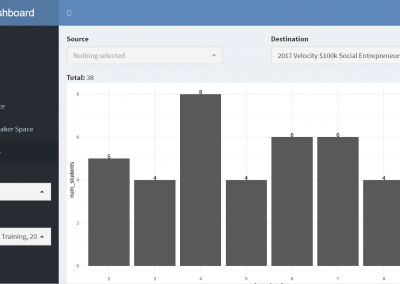
Measuring impact of entrepreneurship activities on students’ mindset, capabilities and entrepreneurial intentions

Using Zebra Finch data and deep learning classification to identify individual bird calls from audio recordings
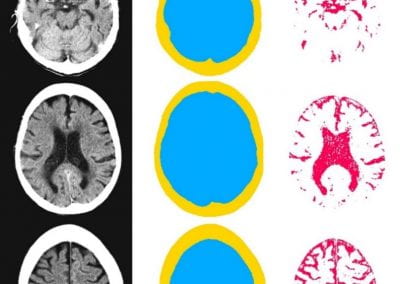
Automated measurement of intracranial cerebrospinal fluid volume and outcome after endovascular thrombectomy for ischemic stroke

Using simple models to explore complex dynamics: A case study of macomona liliana (wedge-shell) and nutrient variations
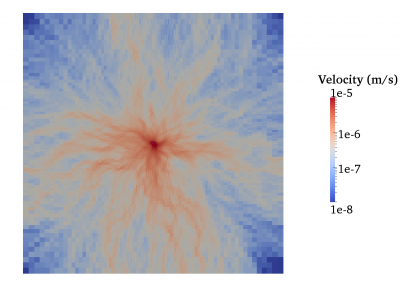
Fully coupled thermo-hydro-mechanical modelling of permeability enhancement by the finite element method

Modelling dual reflux pressure swing adsorption (DR-PSA) units for gas separation in natural gas processing
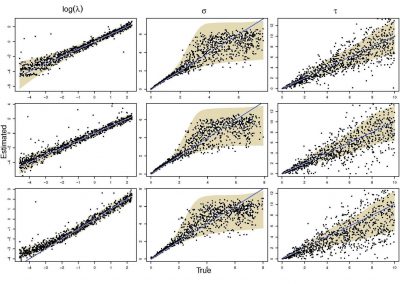
Molecular phylogenetics uses genetic data to reconstruct the evolutionary history of individuals, populations or species
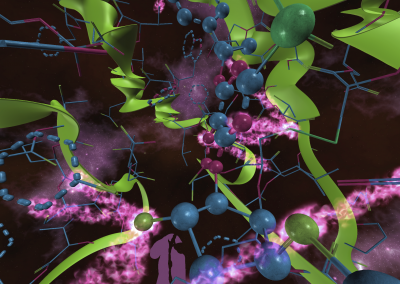
Wandering around the molecular landscape: embracing virtual reality as a research showcasing outreach and teaching tool



















